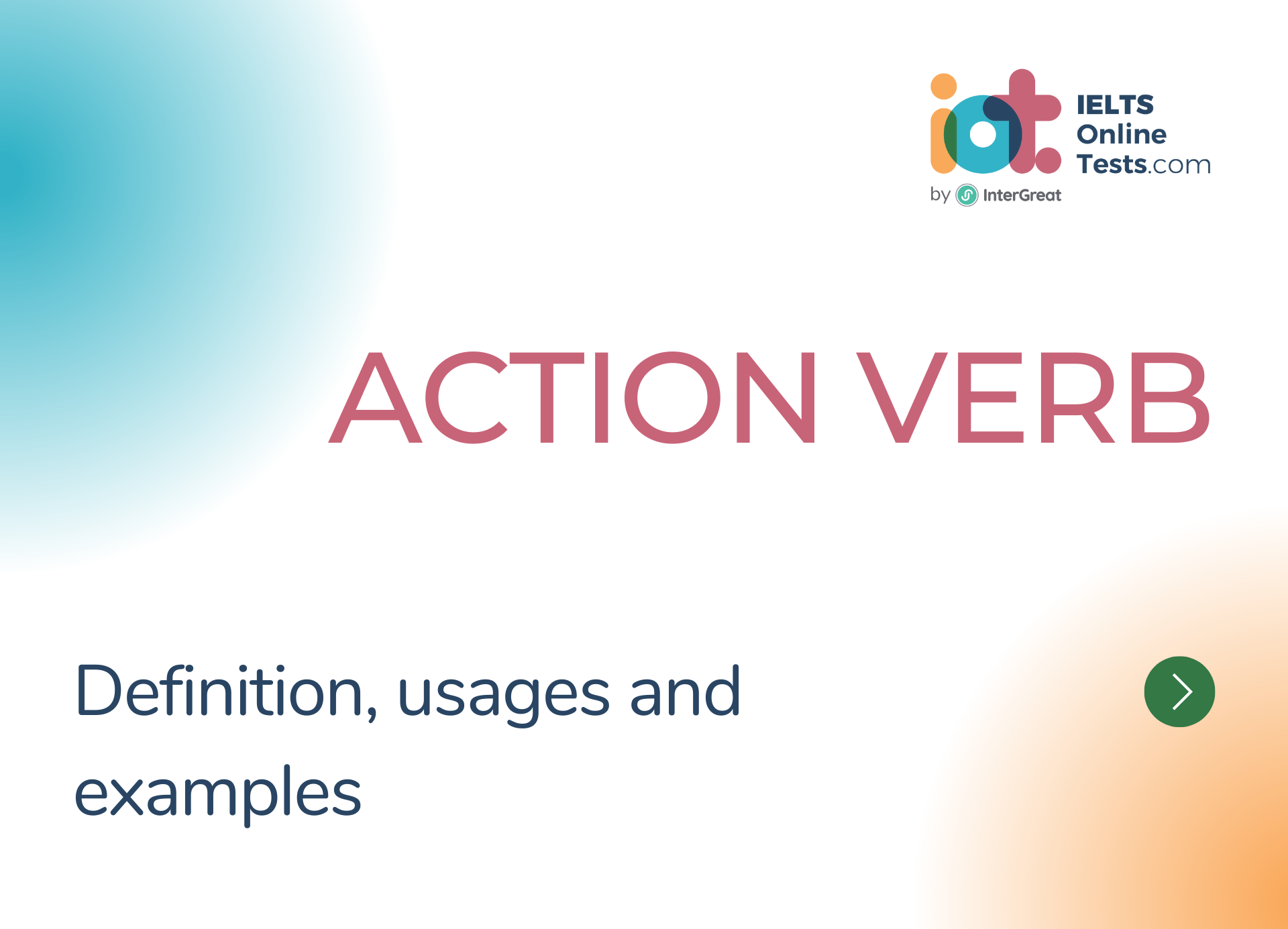
Action verb definition, usages and examples
Action verbs, also known as dynamic verbs or active verbs, are words that express actions, movements, or processes that can be performed by a subject. They convey the idea of someone or something doing an action or carrying out an activity.
Here are important details about action verbs:
Function:
Action verbs are used to describe the actions or activities performed by the subject of a sentence. They bring life and energy to the sentence, allowing us to convey dynamic and vivid descriptions.
Examples:
- Run
- Jump
- Sing
- Dance
- Write
- Speak
- Eat
- Play
- Swim
- Build
Transitivity:
Action verbs can be either transitive or intransitive:
Transitive Verbs: Transitive action verbs require a direct object to receive the action. They express an action that is done to someone or something.
- Example:
- She reads a book. (The verb "reads" is transitive, and "book" is the direct object.)
- Example:
Intransitive Verbs: Intransitive action verbs do not require a direct object and express an action that does not transfer to something else.
- Example:
- He runs. (The verb "runs" is intransitive; there is no direct object.)
- Example:
Verb Tenses:
Action verbs can be used in different verb tenses to indicate the time at which an action occurs. Common verb tenses include present, past, and future tense. The verb tense changes to match the time of the action being described.
- Present Tense: I write a letter.
- Past Tense: She jumped high.
- Future Tense: They will swim tomorrow.
Verb Forms:
Action verbs can have different forms to express different aspects or variations of the action:
Base Form (Infinitive): The simple, unconjugated form of the verb, often preceded by "to."
- Example:
- to sing, to dance, to eat.
- Example:
Gerund Form: The verb form ending in "-ing," which can function as a noun in a sentence.
- Example:
- Running is her favorite exercise.
- Example:
Past Participle: The form of the verb used in the past tense or with auxiliary verbs to form various verb tenses.
- Example:
- She has written a letter.
- Example:
Modifiers and Adverbs:
Action verbs can be modified by adverbs or adverbial phrases to provide more specific information about the action, such as how, where, when, or to what extent the action is performed.
- Example:
- She sings beautifully. (The adverb "beautifully" modifies the action verb "sings" to describe how she sings.)
Action verbs are essential for describing actions, activities, and processes. They add action and movement to sentences, enabling us to communicate dynamic and engaging descriptions. By using action verbs effectively, we can bring our writing and speech to life and paint a vivid picture for the reader or listener.




